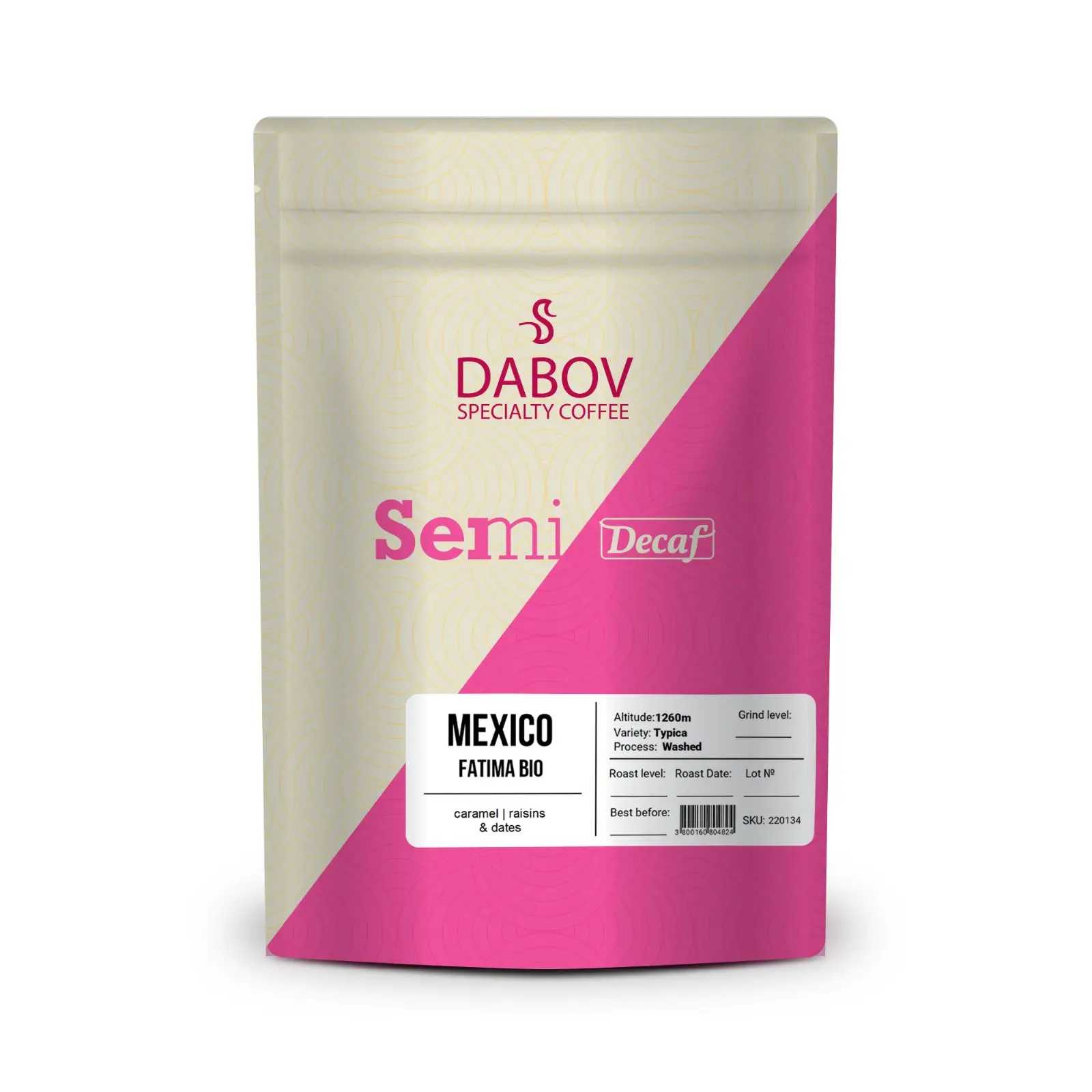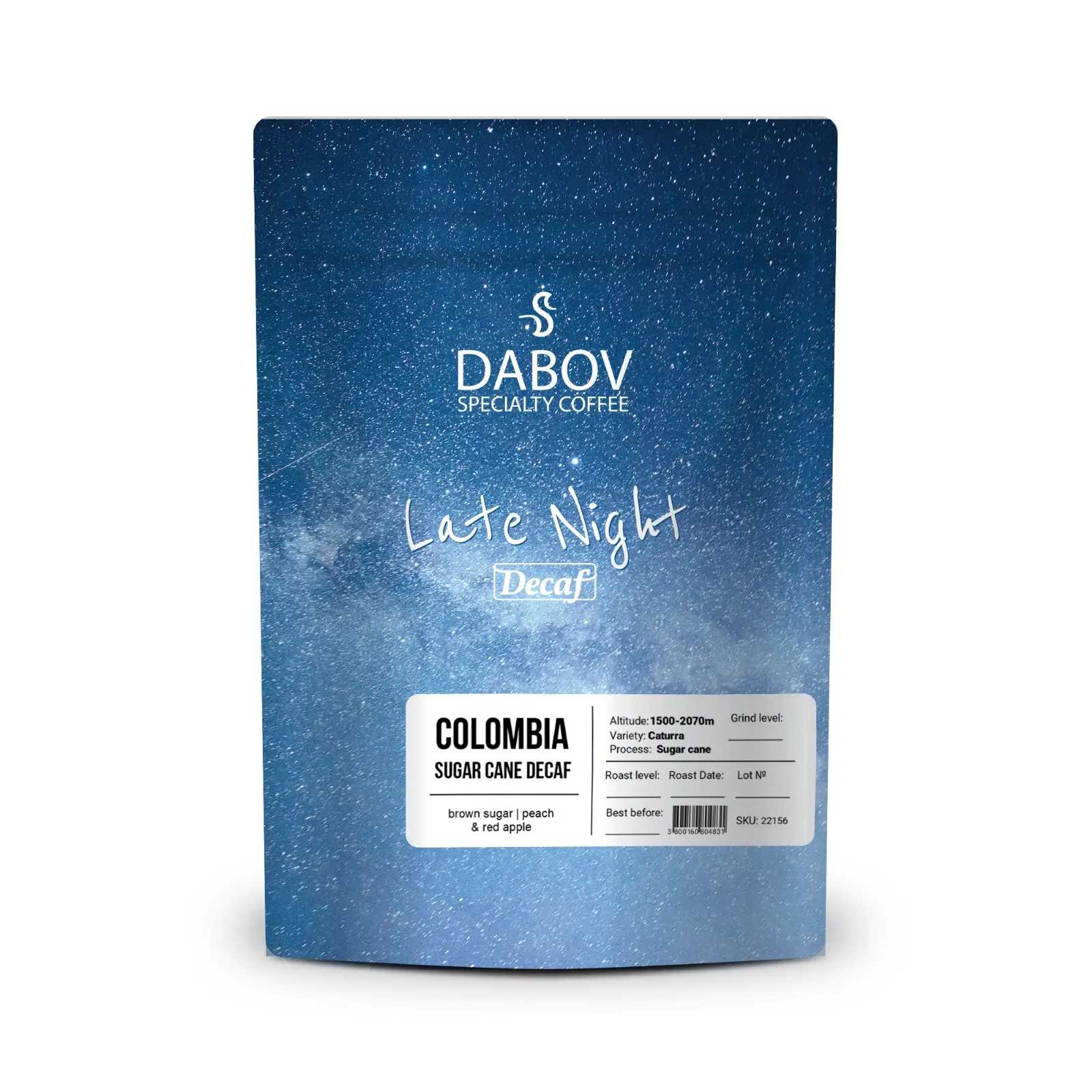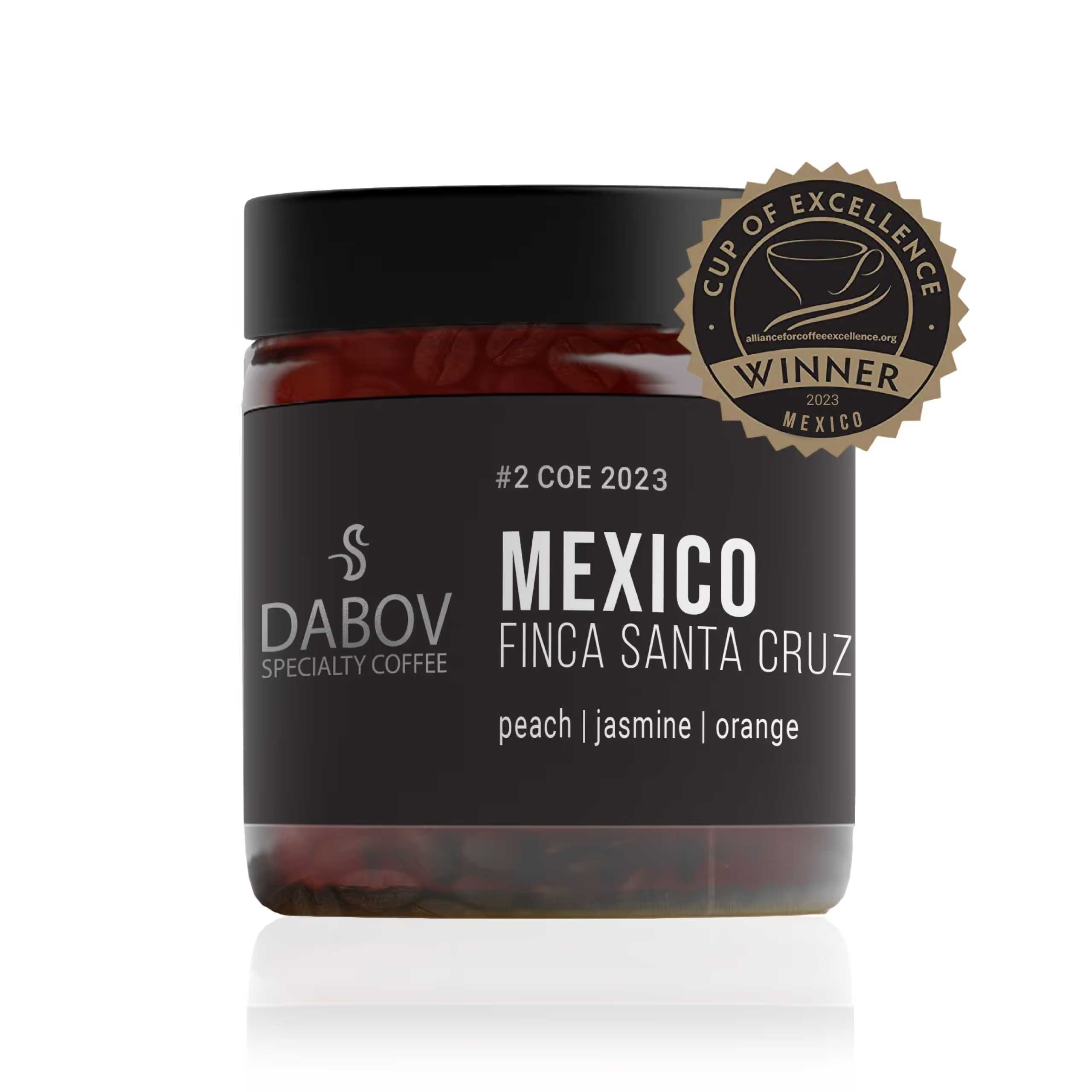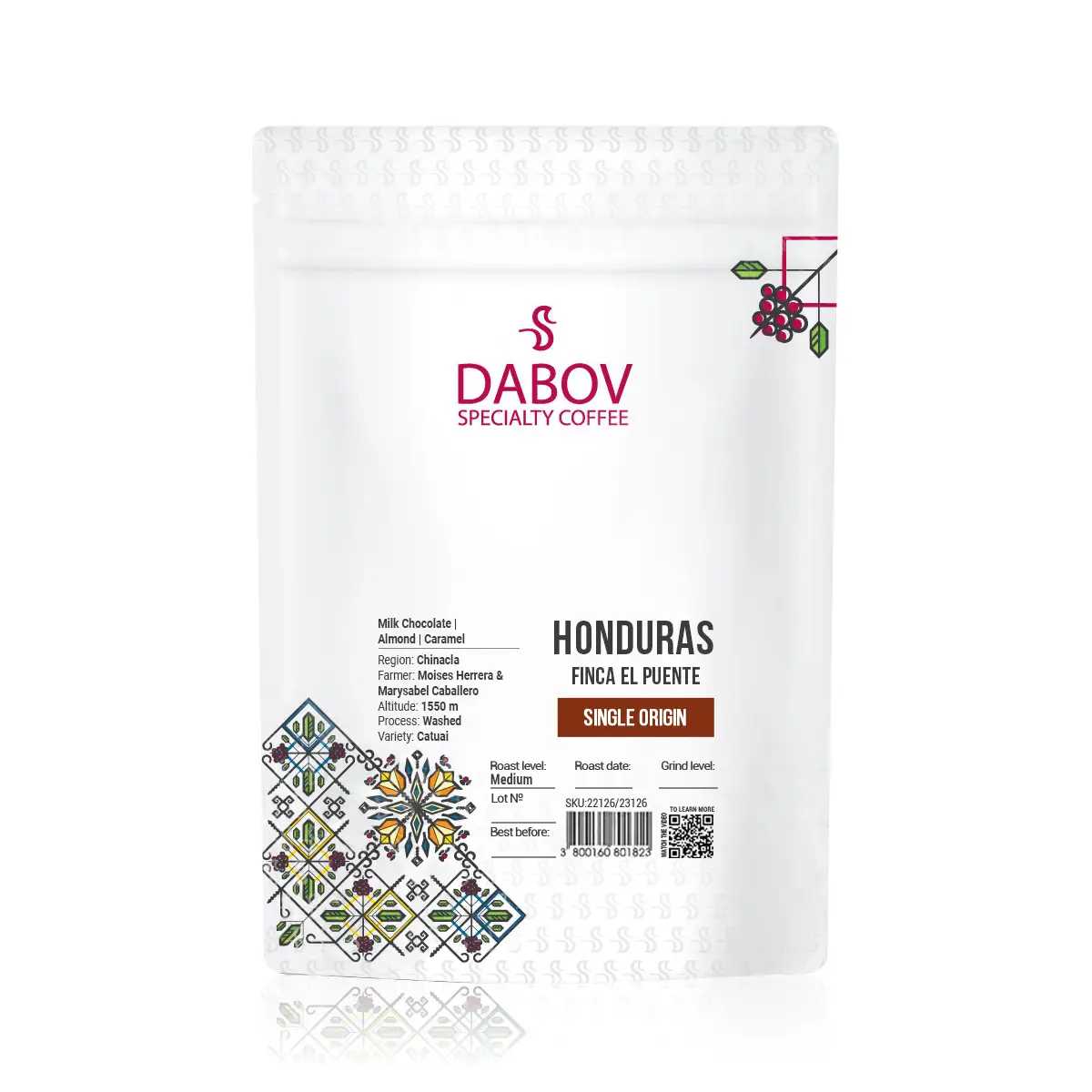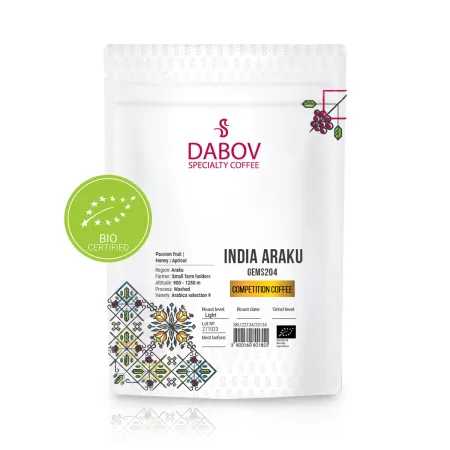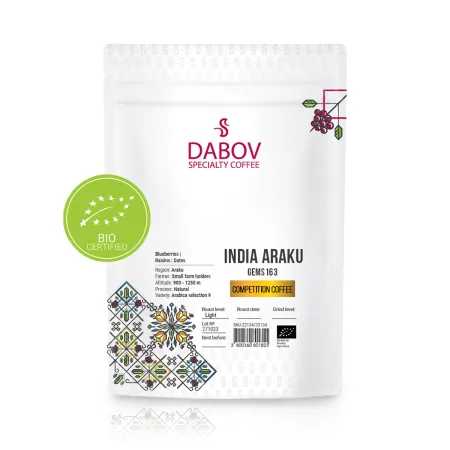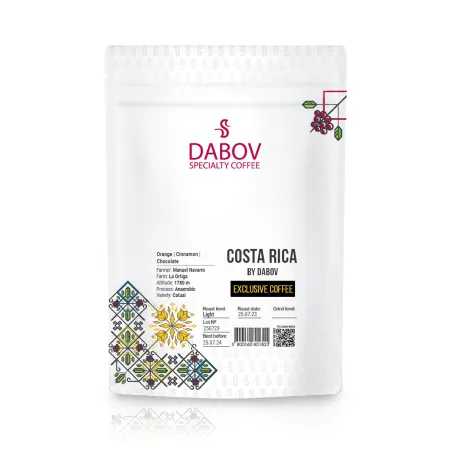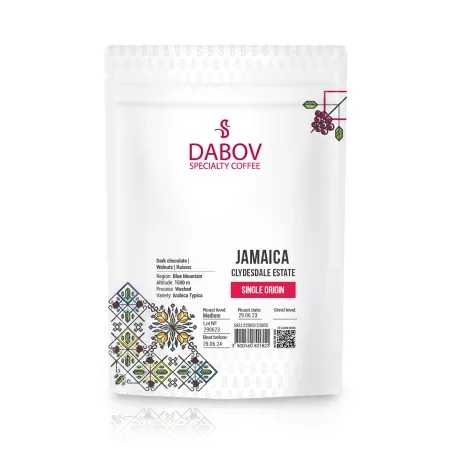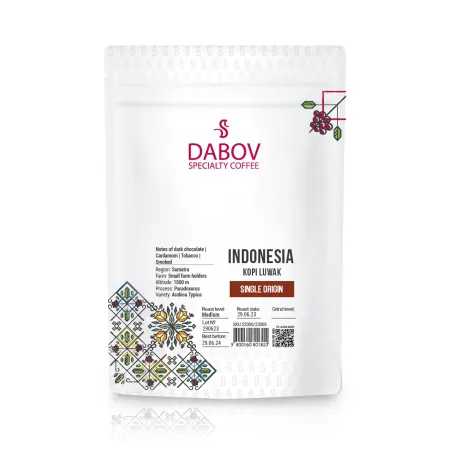French Press vs. Other Brewing Methods Pros and Cons
Are you curious about which coffee brewing method reigns supreme? In this comprehensive comparison, we dive deep into the world of coffee brewing, focusing on the beloved French press alongside other popular techniques like drip coffee makers, pour-over, espresso machines, and cold brew. Discover the unique advantages and disadvantages of each method, from flavor profiles to convenience factors and brewing times. You'll learn why the French press stands out in terms of richness and cost-effectiveness, while also exploring the merits of alternative methods. Whether you're a coffee novice or a seasoned enthusiast, find out which brewing method suits your taste and lifestyle perfectly. Join us as we uncover what makes each method special and help you make the perfect cup of coffee!
Coffee enthusiasts and casual drinkers alike understand that the journey to the perfect cup of coffee is paved with countless brewing methods, each promising a unique experience. Among these, the French press stands out as a timeless classic, revered for its simplicity and ability to produce a rich, full-bodied brew. However, in the ever-evolving world of coffee, it's essential to understand how this traditional method compares to its modern counterparts. This article delves deep into the intricacies of various coffee brewing techniques, with a particular focus on the French press, exploring its advantages and how it stacks up against other popular methods.
Understanding Coffee Brewing Methods
Overview of Coffee Brewing
At its core, coffee brewing is the art and science of extracting flavor compounds from roasted coffee beans using water as a solvent. This process is far more complex than it might initially appear, involving a delicate balance of variables such as water temperature, grind size, brewing time, and pressure. The goal is to extract the desirable flavors and aromas while leaving behind the bitter and astringent compounds that can overpower the coffee's natural qualities.
The importance of the brewing method cannot be overstated. It's not just about dissolving coffee in water; it's about coaxing out the subtle nuances that differentiate a mediocre cup from an exceptional one. Each brewing technique manipulates these variables differently, resulting in distinct flavor profiles and experiences. For instance, the slow, gentle extraction of a cold brew produces a smooth, less acidic coffee, while the high-pressure environment of an espresso machine creates a concentrated shot with a rich crema.
Understanding these principles is crucial for anyone looking to elevate their coffee experience. It allows for informed decisions about which method to use based on personal preferences, time constraints, and desired outcomes. Moreover, this knowledge empowers coffee lovers to experiment and fine-tune their brewing process, leading to a more rewarding and personalized coffee journey.
Popular Coffee Brewing Methods
French Press
The French press, also known as a press pot or plunger pot, is a classic immersion brewing method that has stood the test of time. Its mechanism is elegantly simple: coarsely ground coffee is steeped in hot water for several minutes, then separated from the liquid by pressing down a metal or nylon mesh plunger. This method is renowned for producing a full-bodied, rich cup of coffee with a robust flavor profile.
The French press's popularity stems from its ability to preserve the coffee's natural oils, which are often lost in paper filter methods. These oils contribute significantly to the coffee's aroma and flavor complexity. Additionally, the longer steeping time allows for a more thorough extraction of flavor compounds, resulting in a bolder taste. The French press is typically used for brewing larger quantities of coffee, making it ideal for sharing or for those who enjoy multiple cups throughout the morning.
Drip Coffee Maker
The drip coffee maker is perhaps the most ubiquitous brewing method in households and offices across the world. Its mechanism involves hot water dripping through ground coffee held in a paper or permanent filter, with the brewed coffee collecting in a carafe below. This method's popularity is largely due to its convenience and ability to produce large quantities of coffee with minimal effort.
Drip coffee makers offer consistency and ease of use, making them a go-to choice for many coffee drinkers. The paper filters used in most drip machines remove many of the oils and fine particles from the coffee, resulting in a cleaner cup with less sediment. However, this filtration also means that some of the coffee's complexity and body may be lost in the process.
Pour Over
Pour over brewing has gained significant popularity in specialty coffee circles in recent years. This method involves manually pouring hot water over ground coffee in a filter, allowing for precise control over the brewing process. The pour over technique requires more skill and attention than automated methods, but it offers unparalleled control over variables such as water flow rate and distribution.
This level of control allows coffee enthusiasts to fine-tune their brew to extract specific flavors and achieve desired characteristics. Pour over brewing typically produces a clean, bright cup of coffee with distinct flavor notes and a lighter body compared to immersion methods like the French press. It's particularly favored for showcasing the unique qualities of single-origin coffees.
Espresso Machine
Espresso machines are the cornerstone of café culture, producing the concentrated shots that form the basis of many popular coffee drinks. These machines use high pressure to force hot water through finely-ground coffee, resulting in a small, intense serving with a layer of crema on top. The espresso method is unique in its ability to extract a wide range of flavors and aromas in a very short time, typically 25-30 seconds.
The complexity of espresso brewing lies in the precise control of numerous variables, including grind size, dose, tamping pressure, water temperature, and extraction time. Mastering these variables requires skill and practice, but the result is a versatile coffee base that can be enjoyed on its own or used to create a variety of drinks like cappuccinos, lattes, and Americanos.
Cold Brew
Cold brew has surged in popularity, particularly during warmer months, due to its smooth, less acidic flavor profile. This method involves steeping coarsely ground coffee in cold or room temperature water for an extended period, typically 12-24 hours. The result is a concentrated coffee extract that can be diluted with water or milk and served over ice.
The cold brew process extracts different compounds from the coffee compared to hot brewing methods. It tends to produce a sweeter, less bitter coffee with lower acidity, making it appealing to those who find traditional hot coffee too harsh. Additionally, the concentrate can be stored in the refrigerator for several days, offering convenience for those who want a quick, refreshing coffee drink without daily brewing.
French Press vs Other Methods
French Press Advantages
The French press holds a special place in the hearts of many coffee enthusiasts, and for good reason. Its immersion brewing technique offers several distinct advantages that set it apart from other methods. Perhaps the most significant of these is the superior flavor profile it produces. Unlike methods that use paper filters, the French press allows all of the coffee's natural oils and fine particles to remain in the final brew. These elements contribute significantly to the coffee's body and mouthfeel, resulting in a rich, full-flavored cup that many describe as more "authentic" or "pure" compared to filtered methods.
The immersion process of the French press also allows for a more thorough extraction of flavor compounds. As the coffee grounds steep in hot water for several minutes, a wide range of soluble substances are extracted, including caffeine, acids, oils, and various aromatic compounds. This extended contact time between water and coffee grounds results in a more complex flavor profile, often revealing subtle notes that might be lost in quicker brewing methods.
Another significant advantage of the French press is its cost-effectiveness and simplicity. The device itself is relatively inexpensive compared to electric coffee makers or espresso machines, and it requires no additional ongoing costs such as paper filters. Its simple design means there are few parts that can break or wear out, making it a durable and long-lasting investment for coffee lovers.
Moreover, the French press offers a level of control and customization that appeals to those who enjoy experimenting with their coffee. Users can easily adjust variables such as grind size, coffee-to-water ratio, water temperature, and steeping time to fine-tune their brew to their exact preferences. This flexibility allows coffee enthusiasts to explore the nuances of different coffee beans and roasts, making each brewing session a potential new discovery.
Comparing Brewing Times and Convenience
When it comes to brewing times, the French press occupies a middle ground among coffee brewing methods. The actual brewing process typically takes about 4-5 minutes, which is longer than the quick extraction of an espresso shot or the rapid drip of an automatic coffee maker. However, it's considerably faster than the extended steeping time required for cold brew.
The total time investment for French press brewing includes more than just the steeping period. One must also account for the time spent grinding coffee beans (ideally just before brewing for maximum freshness), heating water to the optimal temperature, and cleaning the press after use. All told, the process from start to finish might take 10-15 minutes, which could be considered lengthy for those rushing through a busy morning routine.
In terms of convenience, the French press offers a mixed bag. On one hand, it's incredibly portable and doesn't require electricity, making it an excellent option for travel, camping, or use in areas with unreliable power. The brewing process is straightforward and doesn't require specialized skills or training, which adds to its accessibility.
On the other hand, the French press does require more hands-on attention than automatic brewing methods. Users need to be present to add the water, stir the brew, and plunge at the right time. Additionally, cleaning a French press can be more involved than simply disposing of a paper filter, as the mesh plunger and glass or metal carafe need to be thoroughly cleaned to prevent oil buildup and ensure the best flavor for future brews.
Compared to other methods, the French press falls somewhere in the middle of the convenience spectrum. It's more hands-on than a drip coffee maker or pod-based system, but less demanding than pour-over or espresso brewing, which require more precise technique and attention to detail.
Flavor Differences and Profiles
The flavor profile produced by a French press is often described as bold, rich, and full-bodied. This is largely due to the presence of oils and fine particles in the final brew, which contribute to a heavier mouthfeel and more intense flavor. French press coffee typically exhibits a good balance of acidity, bitterness, and sweetness, with the potential to highlight the complex flavor notes of high-quality beans.
In contrast, drip coffee makers and pour-over methods that use paper filters tend to produce a cleaner, lighter-bodied cup. These methods remove many of the oils and fine particles, resulting in a brew that some find more crisp and less overwhelming. However, this filtration can also mean that some of the coffee's complexity is lost.
Espresso, with its high-pressure extraction, produces an intensely flavored, concentrated shot with a layer of crema on top. The flavor profile of espresso is often described as bold and robust, with a balance of sweetness, bitterness, and acidity that varies depending on the bean and roast used.
Cold brew offers a unique flavor profile characterized by low acidity and bitterness, often described as smooth and sweet. The cold extraction process pulls out different compounds from the coffee, resulting in a distinct taste that many find refreshing and easy to drink.
The scientific reasons for these flavor differences lie in the extraction process. Factors such as water temperature, pressure, and contact time all affect which compounds are extracted from the coffee grounds and in what quantities. For example, the French press's longer steeping time in hot water allows for a more thorough extraction of flavor compounds, including some that contribute to bitterness. The lack of filtration means these compounds, along with oils and fine particles, remain in the final brew, contributing to its rich flavor and mouthfeel.
In contrast, the quick, high-pressure extraction of espresso pulls out a different set of compounds, including more volatile aromatics that contribute to its intense flavor and aroma. The paper filters used in drip and pour-over methods trap oils and fine particles, resulting in a cleaner cup but potentially removing some flavor compounds in the process.
Understanding these differences can help coffee lovers choose the brewing method that best suits their flavor preferences and desired coffee experience.
Pros and Cons of Each Brewing Method
Pros of French Press
- Flavor Richness and Body: The French press is renowned for producing a full-bodied, flavorful cup of coffee. The immersion brewing method allows for thorough extraction of flavor compounds, while the metal mesh filter permits oils and fine particles to remain in the final brew. This results in a rich, complex flavor profile that many coffee enthusiasts prefer. The presence of these oils and particles also contributes to a heavier mouthfeel, giving French press coffee its characteristic body.
- Cost-effectiveness and Ease of Use: Compared to other brewing methods, the French press is remarkably cost-effective. The device itself is relatively inexpensive, and it doesn't require any ongoing purchases like paper filters. Its simple design means there are few parts that can break or wear out, making it a durable long-term investment. Additionally, the brewing process is straightforward and easy to learn, making it accessible to coffee lovers of all experience levels.
- Eco-friendliness: The French press stands out for its environmental friendliness. Unlike methods that use disposable paper filters, the French press produces no waste other than the used coffee grounds, which can be composted. This makes it an attractive option for environmentally conscious coffee drinkers looking to reduce their carbon footprint.
- Control and Customization: The French press offers a high degree of control over the brewing process. Users can easily adjust variables such as grind size, coffee-to-water ratio, water temperature, and steeping time to fine-tune their brew. This level of customization allows coffee enthusiasts to experiment and discover their perfect cup.
- Portability: The French press is highly portable, requiring no electricity to operate. This makes it an excellent choice for travel, camping, or use in areas with unreliable power supply. Its versatility extends beyond just brewing coffee; it can also be used to make cold brew or even steep loose leaf tea.
Cons of French Press
- Sediment in the Cup: One of the most common complaints about French press coffee is the presence of sediment in the cup. The metal mesh filter, while allowing beneficial oils to pass through, also permits fine coffee particles to remain in the brew. This can result in a gritty texture that some find unpleasant, especially towards the bottom of the cup.
- Longer Brewing Time: Compared to automatic drip coffee makers or espresso machines, the French press requires a longer brewing time. The entire process, from grinding beans to cleaning up, can take 10-15 minutes. This might be inconvenient for those with busy morning routines or who need their coffee quickly.
- Hands-on Approach and Cleanup: The French press requires more active participation in the brewing process compared to automatic methods. Users need to be present to add water, stir the brew, and plunge at the right time. Additionally, cleaning a French press can be more involved than simply disposing of a paper filter. The mesh plunger and carafe need to be thoroughly cleaned after each use to prevent oil buildup and ensure the best flavor for future brews.
- Temperature Management: Maintaining the optimal brewing temperature can be challenging with a French press. Unlike electric brewing methods that regulate water temperature automatically, French press users need to heat water separately and monitor its temperature. If the water is too hot, it can lead to over-extraction and bitterness; if it's too cool, it can result in under-extraction and weak flavor.
- Potential for Over-extraction: If the coffee is left in the press for too long after plunging, it can continue to extract, leading to a bitter taste. This means that ideally, the coffee should be poured out of the press immediately after brewing, which may not be convenient if you like to drink your coffee slowly or make a large batch to last throughout the morning.
Pros of Drip Coffee Maker
- Convenience and Speed: Drip coffee makers excel in convenience, especially for brewing larger quantities of coffee. Most models can be programmed to start brewing automatically at a set time, ensuring fresh coffee is ready when needed. The brewing process itself is quick, typically taking just a few minutes to produce a full pot of coffee.
- Consistent Results: Once the right grind size and coffee-to-water ratio are determined, drip coffee makers can produce consistent results with minimal effort. This reliability is particularly valuable in busy households or office settings where consistency is key.
- Keep-warm Function: Many drip coffee makers come with a hot plate or thermal carafe that keeps the coffee warm for extended periods. This feature is beneficial for those who enjoy multiple cups throughout the morning or in settings where coffee needs to be available over several hours.
- Widely Available and Familiar: Drip coffee makers are ubiquitous in homes and offices, making them a familiar and comfortable choice for many coffee drinkers. Their widespread use also means that coffee grounds specifically designed for drip brewing are readily available in most grocery stores.
- Clean Cup: The paper filters used in most drip coffee makers remove many of the oils and fine particles from the coffee, resulting in a clean cup with minimal sediment. This can be preferable for those who dislike the grittiness sometimes associated with French press coffee.
Cons of Drip Coffee Maker
- Less Flavor Complexity: The paper filters used in drip coffee makers, while producing a clean cup, also remove many of the oils and fine particles that contribute to flavor complexity and body. As a result, drip coffee can sometimes lack the richness and depth of flavor found in French press or espresso brewing methods.
- Limited Control: Most basic drip coffee makers offer limited control over brewing variables such as water temperature and flow rate. This can make it challenging to optimize the extraction process for different types of coffee beans or to experiment with brewing techniques.
- Dependence on Electricity: Unlike manual brewing methods like the French press, drip coffee makers require electricity to operate. This dependence can limit their portability and usefulness in situations where power may not be available, such as camping trips or during power outages.
- Ongoing Costs: While drip coffee makers themselves are often affordable, they typically require the ongoing purchase of paper filters. This adds to the long-term cost of using the machine and generates waste, which may be a concern for environmentally conscious consumers.
- Potential for Inconsistent Heating: Some lower-quality drip coffee makers may not heat water to the optimal temperature for coffee extraction (195°F to 205°F), leading to under-extraction and weak flavor. Additionally, the hot plate used to keep coffee warm can sometimes lead to a burnt taste if the coffee is left heating for too long.
Pros of Pour Over
- Control Over Brewing Parameters: Pour over brewing offers unparalleled control over every aspect of the brewing process. Users can adjust variables such as water temperature, pour rate, and extraction time with precision, allowing for a highly customized brew. This level of control is particularly appealing to coffee enthusiasts who enjoy experimenting and fine-tuning their brewing technique.
- Clean Cup with Minimal Sediment: Similar to drip coffee makers, pour over methods typically use paper filters, which remove most oils and fine particles from the coffee. This results in a clean, crisp cup with clarity of flavor and minimal sediment, which many coffee lovers appreciate.
- Highlights Subtle Flavors: The pour over method is excellent at highlighting the subtle flavor notes in coffee, particularly in light to medium roasts and single-origin beans. The controlled, even extraction allows the nuanced flavors and aromas of high-quality coffee to shine through.
- Ritual and Experience: For many coffee enthusiasts, the pour over process is as much about the experience as it is about the final product. The hands-on nature of the method, from measuring and grinding the beans to the careful pouring of water, creates a mindful ritual that can be deeply satisfying.
- Portability and Simplicity: Pour over setups are typically compact and portable, making them ideal for travel or small kitchens. The equipment is also simple, with few parts that can break or wear out, ensuring longevity and ease of maintenance.
Cons of Pour Over
- Requires Skill and Attention: Achieving consistent results with pour over brewing requires a certain level of skill and attention to detail. Factors such as pour rate, water distribution, and timing all affect the final brew, and mastering these techniques can take practice.
- Time-Consuming: The pour over method is more time-consuming than automated brewing methods, especially when brewing multiple servings. Each cup requires individual attention and can take several minutes to brew, which may not be practical for those with busy schedules or when serving large groups.
- Equipment Cost: While basic pour over setups can be affordable, high-quality equipment (such as precision kettles and scales) can be quite expensive. This initial investment might be a deterrent for some coffee drinkers.
- Ongoing Filter Costs: Like drip coffee makers, most pour over methods require paper filters, which add to the ongoing cost of brewing and generate waste.
- Potential for Inconsistency: The manual nature of pour over brewing means that there's more room for variation between brews. Slight differences in technique or attention can lead to noticeable differences in the final cup, which may be frustrating for those seeking absolute consistency.
Pros of Espresso Machine
- Rich, Concentrated Flavor: Espresso machines produce a small, intensely flavored shot of coffee with a layer of crema on top. This concentrated brew is known for its rich, complex flavor profile and can be enjoyed on its own or used as a base for a variety of coffee drinks.
- Versatility: Espresso serves as the foundation for numerous popular coffee drinks, including cappuccinos, lattes, Americanos, and more. This versatility makes espresso machines a favorite in cafes and for home baristas who enjoy a variety of coffee beverages.
- Speed: Once the machine is warmed up, pulling an espresso shot takes only about 25-30 seconds. This quick brewing time is ideal for those who need their coffee fix fast or for busy cafe environments.
- Crema: The high pressure used in espresso extraction creates a layer of crema on top of the shot. This golden-brown foam is prized for its rich flavor and contributes to the overall mouthfeel and aesthetic appeal of the espresso.
- Precision and Consistency: High-quality espresso machines offer precise control over variables such as water temperature, pressure, and extraction time. This level of control, combined with the machine's consistency, allows for repeatable, high-quality results once the correct parameters are dialed in.
Cons of Espresso Machine
- High Cost: Quality espresso machines can be very expensive, with some high-end models costing thousands of dollars. This significant initial investment can be a major barrier for many coffee enthusiasts.
- Maintenance and Space Requirements: Espresso machines require regular cleaning and maintenance to ensure optimal performance. They also tend to be larger and heavier than other coffee brewing equipment, which can be an issue in small kitchens or for those with limited counter space.
- Learning Curve: Producing a good espresso requires skill and practice. Factors such as grind size, tamping pressure, and extraction time all affect the final product, and mastering these variables can take time and patience.
- Limited Serving Size: Espresso is typically served in small, concentrated shots. While this is ideal for certain preferences and coffee drinks, it may not satisfy those who enjoy larger servings of brewed coffee.
- Energy Consumption: Espresso machines, particularly those with boilers, can consume a significant amount of energy. They often need to be left on for extended periods to maintain the correct temperature, which can impact electricity bills.
Pros of Cold Brew
- Smooth Flavor with Less Acidity: Cold brew coffee is known for its smooth, less acidic flavor profile. The cold extraction process results in a coffee that's naturally sweeter and less bitter than hot brewed methods, making it appealing to those who find traditional coffee too harsh.
- Versatility: Cold brew concentrate can be used in a variety of ways. It can be diluted with water or milk for a refreshing cold coffee drink, used as a base for cocktails, or even heated up for a smooth hot coffee. This versatility makes it a popular choice for both home and cafe use.
- Long Shelf Life: Once prepared, cold brew concentrate can be stored in the refrigerator for up to two weeks without significant degradation in flavor. This long shelf life makes it convenient for those who want to prepare their coffee in advance.
- Less Caffeine Jitters: While cold brew is often more concentrated than regular coffee, many people report experiencing less of the "caffeine jitters" often associated with hot brewed coffee. This could be due to the lower acidity or the different chemical profile of cold extracted coffee.
- No Special Equipment Needed: Basic cold brew can be made with minimal equipment - just a large container, coffee grounds, water, and a way to filter the brew. This accessibility makes it easy for anyone to try at home without investing in specialized coffee gear.
Cons of Cold Brew
- Long Steeping Time: The primary drawback of cold brew is the long preparation time. Most recipes call for steeping the coffee grounds in cold water for 12-24 hours. This extended brewing time requires advance planning and may not be convenient for those who decide they want cold brew on short notice.
- Large Batch Requirement: To make cold brew efficiently, it's usually necessary to prepare a large batch at once. This can be inconvenient for those with limited refrigerator space or for individuals who don't consume coffee regularly.
- Higher Coffee-to-Water Ratio: Cold brew typically requires more coffee grounds per cup of water compared to hot brewing methods. This higher ratio means that making cold brew can be more expensive in terms of coffee usage.
- Less Aromatic: The cold extraction process doesn't release the same aromatic compounds as hot brewing methods. As a result, cold brew can lack some of the complex aromas associated with freshly brewed hot coffee.
- Limited Flavor Extraction: While cold brew excels at producing a smooth, low-acid coffee, it may not extract some of the brighter, more nuanced flavors found in certain coffee beans. This can make it less ideal for showcasing the unique characteristics of single-origin or light roast coffees.
Which Brewing Method is Right for You?
Choosing the right coffee brewing method is a deeply personal decision that depends on a variety of factors. Here are some key considerations to help you determine which method might be best suited to your needs and preferences:
- Flavor Preference: If you enjoy a full-bodied, rich coffee with a heavier mouthfeel, the French press might be your ideal choice. For those who prefer a cleaner, crisper cup that highlights subtle flavor notes, pour over or drip methods might be more appealing. Espresso lovers will naturally gravitate towards espresso machines, while those who enjoy smooth, less acidic coffee might prefer cold brew.
- Time and Convenience: Consider your daily routine and how much time you're willing to dedicate to your coffee brewing. Drip coffee makers offer the most convenience for busy mornings, while methods like French press or pour over require more hands-on time but can be part of a relaxing ritual. Cold brew requires advance preparation but offers ready-to-drink coffee for several days.
- Serving Size: Think about whether you typically brew for yourself or for a group. French press and drip coffee makers are great for making multiple servings at once, while pour over and espresso methods are better suited for individual cups.
- Cost Considerations: Factor in both the initial investment in equipment and the ongoing costs of filters or pods, if applicable. French press and pour over methods have low startup costs, while quality espresso machines can be a significant investment.
- Space and Portability: Consider the space available in your kitchen and whether you need a brewing method that's portable. French press and pour over setups are compact and travel-friendly, while espresso machines typically require dedicated counter space.
- Skill Level and Learning Curve: Some methods, like using an espresso machine or perfecting pour over technique, require more skill and practice. Others, like the French press or drip coffee makers, are more forgiving for beginners.
- Customization and Control: If you enjoy experimenting with different variables to perfect your brew, methods like pour over, espresso, or even French press offer more control. Automatic drip makers provide less opportunity for customization but offer consistency.
- Environmental Impact: Consider the waste generated by your chosen method. French press and reusable filter methods produce less waste than those requiring paper filters or pods.
Remember, there's no one-size-fits-all solution in the world of coffee brewing. Many enthusiasts enjoy using different methods depending on their mood, the time of day, or the specific coffee they're brewing. Experimenting with various techniques can be part of the joy of exploring coffee.
The beauty of coffee brewing lies in its diversity and the opportunity for personal exploration. Each method offers a unique experience and flavor profile, and what works best for one person may not be ideal for another. By understanding the pros and cons of each method and considering your personal preferences and lifestyle, you can find the brewing technique (or techniques) that best suit your coffee journey.
Conclusion
As we've explored the various coffee brewing methods, with a particular focus on the French press, it's clear that each technique offers its own unique advantages and challenges. The French press stands out for its ability to produce a rich, full-bodied brew that preserves the coffee's natural oils and flavors. Its simplicity, cost-effectiveness, and eco-friendliness make it a popular choice among coffee enthusiasts. However, it's not without its drawbacks, such as the presence of sediment in the cup and the need for a more hands-on approach.
Other methods like drip coffee makers, pour over, espresso machines, and cold brew each have their own strengths. Drip makers offer convenience and consistency, pour over provides precision and clarity of flavor, espresso machines deliver concentrated shots perfect for a variety of drinks, and cold brew offers a smooth, less acidic option.
Ultimately, the "best" brewing method is subjective and depends on individual preferences, lifestyle, and priorities. Some may prioritize flavor complexity and are willing to invest time in the brewing process, making the French press or pour over ideal choices. Others might value convenience above all, leaning towards automatic drip makers or pod-based systems.
It's worth noting that many coffee lovers find joy in exploring different brewing methods, using various techniques to suit their mood or the specific beans they're brewing. This experimentation can lead to a deeper appreciation of coffee's diverse flavors and characteristics.
In conclusion, while the French press offers distinct advantages in terms of flavor richness and simplicity, it's just one of many valuable tools in the world of coffee brewing. The key is to understand the strengths and limitations of each method and choose the one (or ones) that best align with your personal coffee preferences and lifestyle. Whether you're a devoted French press user or a multi-method enthusiast, the world of coffee brewing offers endless opportunities for exploration and enjoyment.
Call to Action
We encourage you to embark on your own coffee brewing adventure. If you've been loyal to one method, why not try something new? Experiment with a French press if you haven't before, or explore the precision of pour over brewing. Each method offers a unique perspective on your favorite beans.
Share your experiences and preferences in coffee brewing with friends or online communities. What's your go-to method? Have you discovered any tips or tricks that elevate your brew? Your insights could inspire others in their coffee journey.
Consider keeping a coffee journal to track different beans, brewing methods, and your impressions. This can be a fun way to refine your palate and discover your perfect cup.
Remember, the world of coffee is vast and varied. By exploring different brewing methods, you're not just making a beverage – you're participating in a rich cultural tradition and sensory experience. So grab your favorite beans, try a new brewing technique, and savor the results. Your perfect cup of coffee is out there waiting to be discovered!



